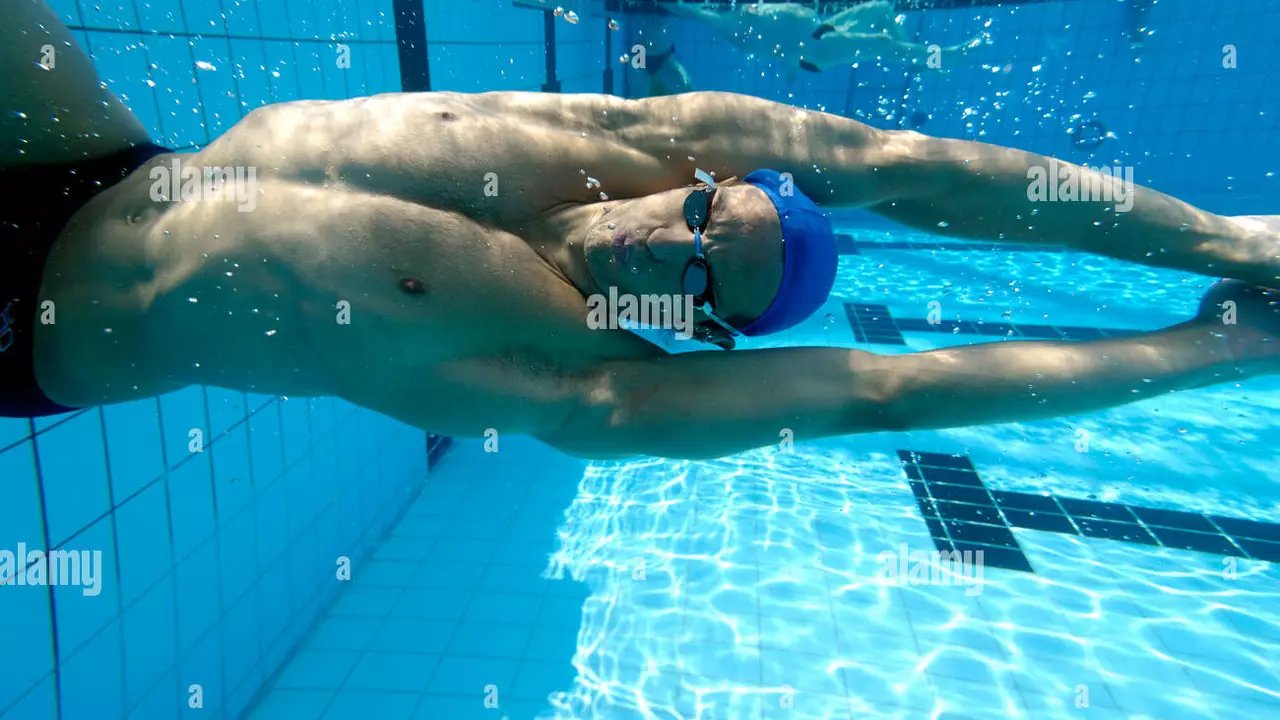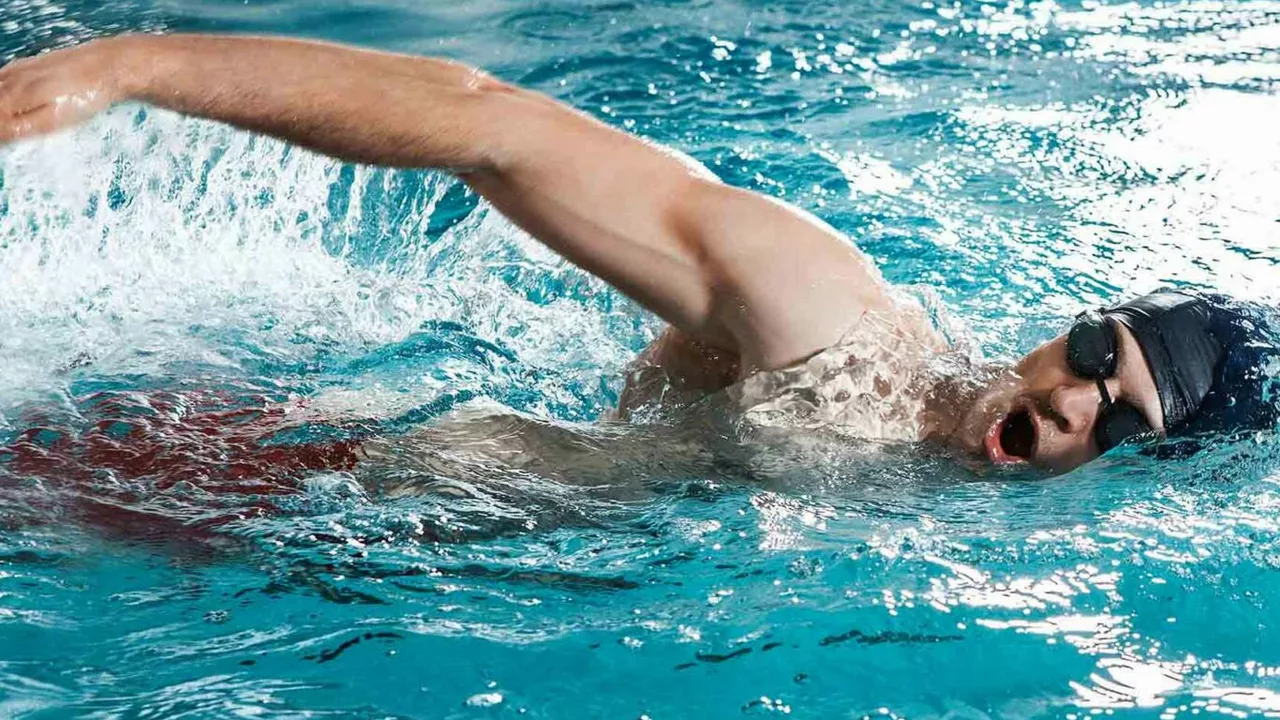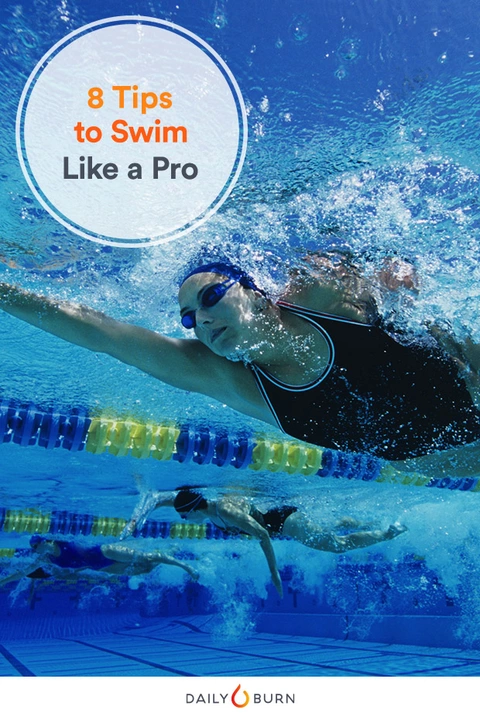Swimming: Tips, Stories, and Everything In Between
When talking about swimming, the act of moving through water using coordinated arm and leg movements. Also known as aquatic locomotion, it powers fitness, competition, and pure enjoyment for people of all ages. Swimming isn’t just a sport; it’s a skill that connects health, confidence, and even language learning.
Safety, Training, and the Language Side of Swimming
One critical piece of the puzzle is shark safety, knowledge and practices that reduce the risk of shark encounters while swimming in open water. Understanding shark behavior, staying calm, and keeping a safe distance are simple habits that make a big difference. Another core element is swim training, structured workouts that improve technique, endurance, and speed. Whether you’re a beginner learning the basics or an athlete prepping for a competition, training provides the foundation for confidence in any water setting. Beyond the water, language plays a surprising role. Take the sentence “I didn’t know that you can’t swim.” A quick grammar check reveals the past‑modal form “couldn’t” fits better. This English grammar, rules governing how we correctly express ideas in English shows how everyday talk about swimming can teach us about verb tenses and clarity. Even a simple correction can make a conversation smoother, especially when discussing safety tips or training plans.
All these pieces—swimming itself, the safety mindset around sharks, disciplined training routines, and clear communication—interact like a well‑orchestrated relay. Swimming encompasses shark safety, swim training requires proper technique, and English grammar influences how we share water‑related advice. As you scroll down, you’ll find stories about unexpected snow in the Alps, soccer coach challenges, and even a quirky look at how a knife fares against a shark. Each article adds a layer to the broader picture of how swimming touches sport, safety, language, and everyday life. Dive into the list below to see how these topics play out in real‑world examples.
 Jul, 30 2023
Jul, 30 2023





